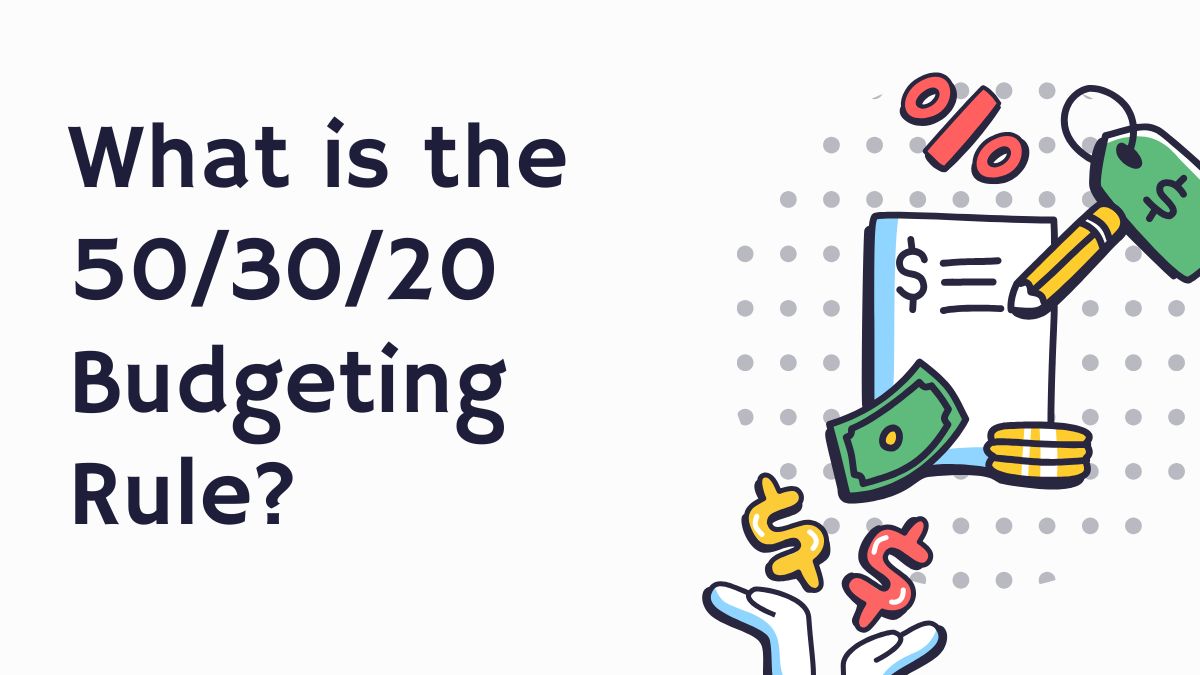Inflation’s Wild Ride: How It Rocks Small-Cap Stocks
Inflation. It’s a word that gets thrown around a lot these days, but what does it really mean when it comes to investing, especially when it comes to small-cap stocks? I’ll break it down for you, no fancy finance jargon needed. What’s Inflation, Anyway? Imagine your favorite candy bar used to cost a dollar, but










